blog
Interview with photographer Orestes Gonzalez
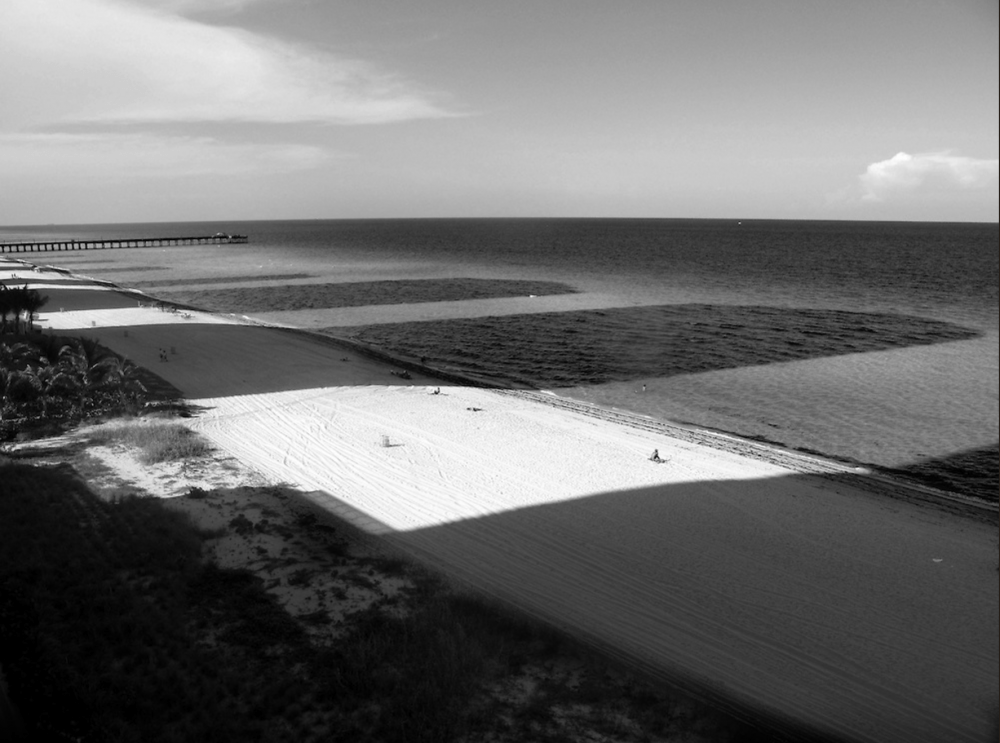
My first impression of Gonzalez’s photograph of a small figure between large looming shadows of the Trump Towers in Miami was that it had punch. It was timely. It had layers of meaning. When I asked him about the image, and its inclusion in an exhibit, Future Isms, at Glass Box Gallery in Seattle recently, he said, “I’ve always had an aversion to the dark, long shadows that fall on Florida beaches as a consequence of the new tall buildings. These just happen to be Trump buildings, so the irony and timeliness worked to my benefit.” The curator of Future Isms, Jon Feinstein, made a comment that Gonzalez’s work is ‘grounded in discomfort’. But Gonzalez said the comment was not of great consequence to him. “Unless there’s irony or kitschiness involved,” says Gonzalez, “I hate happy pictures. For years I used to see those huge Kodak images blown up inside Grand Central Station and always thought how dull and empty they were.”

‘Fishermans House, Miami’ from Intimacy series — © Orestes Gonzalez
It feels to me the aspect of Gonzalez’s work being grounded in discomfort is of more consequence than he might easily admit. Think about the work of Saul Leiter, with its naturalness and unassuming character, with a little bit of Diane Arbus’ street portraits thrown in for some good seasoning. Gonzalez’s work, while being grounded in solid storytelling and visual richness, also has the underlying feeling of throwing off from the stability of the ‘known’… And this is one of his greatest strengths.
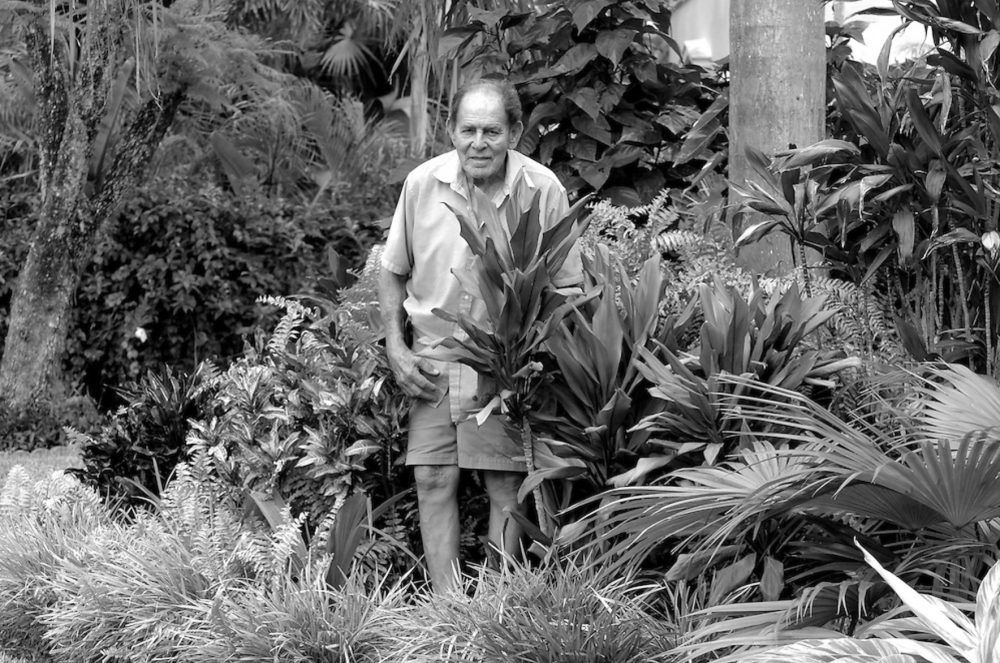
‘Dad, Before and After’ from Intimacy series — © Orestes Gonzalez
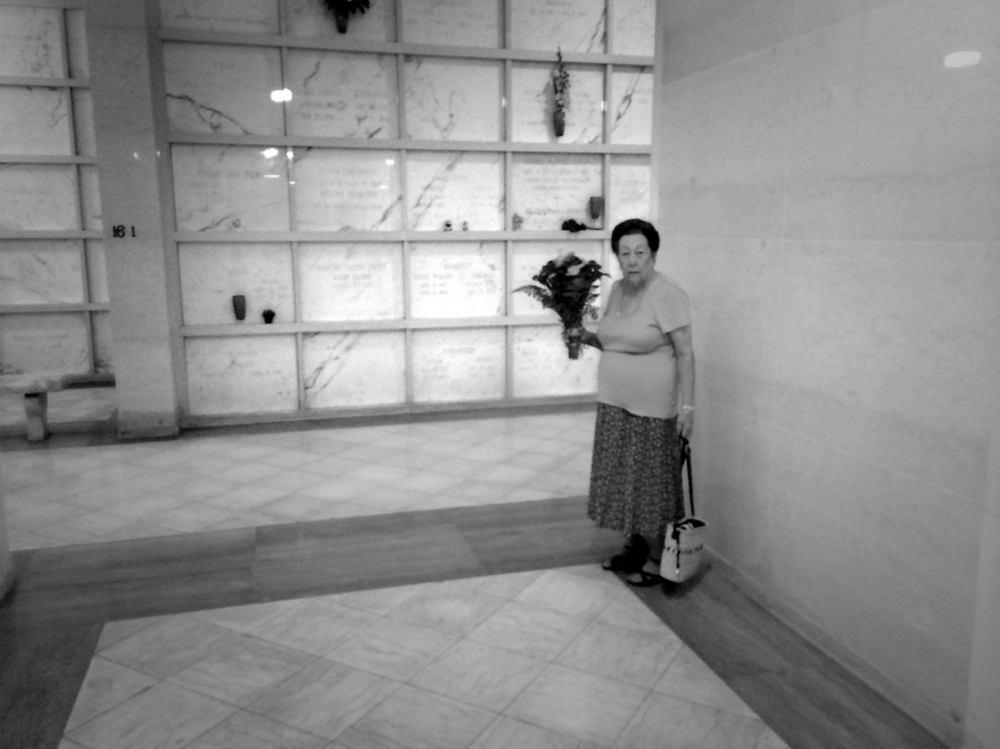
‘Dad, Before and After’ from Intimacy series — © Orestes Gonzalez
“After I retired as an architect a few years ago at age 51, I started to focus more on my photo work, and only started applying to shows last year. Surprisingly, I got selected to some pretty cool exhibits. One of them, Latin American Fotografia 5, is traveling through four countries in Latin America, and will wind up in Photoville in Brooklyn in the fall.”
Gonzalez also curated the exhibition, Disruption, recently held at The Factory in Long Island City, Queens, NY. Each distinguished artist chosen for the show uses documentary directness, humor, pathos and poetry in their images. Separately, they address the connective topics of lives interrupted, lives cut short, lives spent separated from family, their own cultural identity and of quiet personal sacrifices made every day. They bring the perspective of being outsiders, as well as insiders to the world we live in and sometimes struggle to understand and come to terms with.
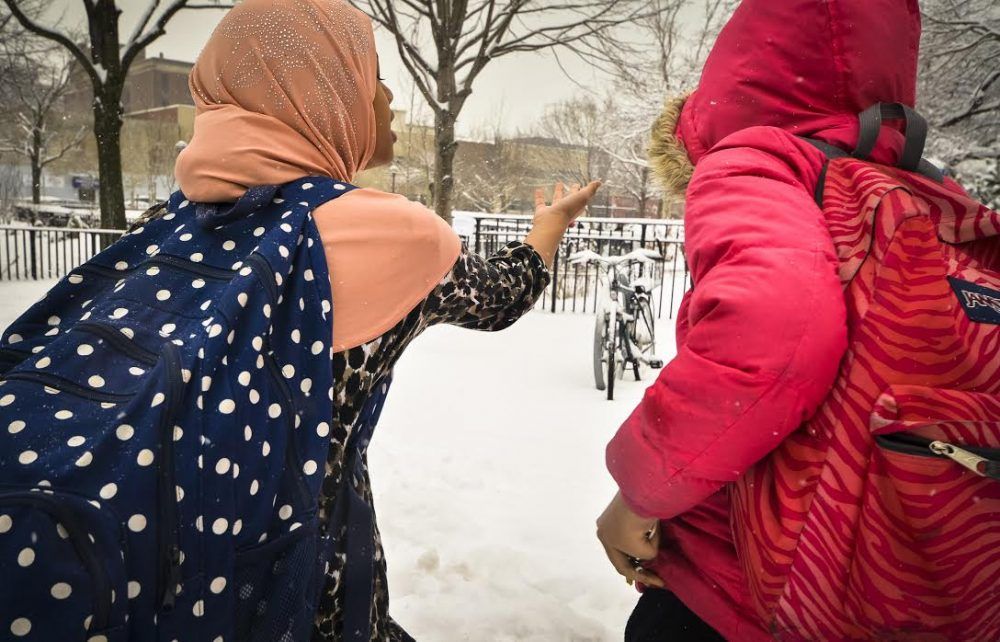
From ‘Disruption’ – Zaida & Maria Elena, Queens, NY. Two undocumented students were chosen by a committee of teachers to represent their high school in a national student championship in Texas. Selected for their academic excellence, public speaking skills and overall leadership capabilities, these young women qualified for the event by developing an innovative sustainability project.Due to the current political climate, school administrators decided it was unsafe for them to fly to Texas. A less qualified, yet properly documented pair of students went instead.
The more I thought about Gonzalez’s image of the solitary figure on the beach, and much of the rest of his work, more and more layers became evident. Sensitivity to the subject is key, whether it is a person, place or thing. Gonzalez obviously takes many different aspects into consideration when making images. His work shot in the raucous event that is Calle Ocho (an annual Hispanic street festival in Miami, Florida.) is shot on-the-fly as he encounters people and scenes — yet it is clear he has already given thought to the elements that will be in his frame. Gonzalez says, “Be true to yourself. Take on projects close to your upbringing or background. Don’t go after trendy themes just because they are trendy. The more you can personally identify with your subjects the more powerful and honest your work will be. And for God’s sake, don’t be a ‘one-day’ photographer at a place you will never go back to and then create a whole series. The shallowness shows.”
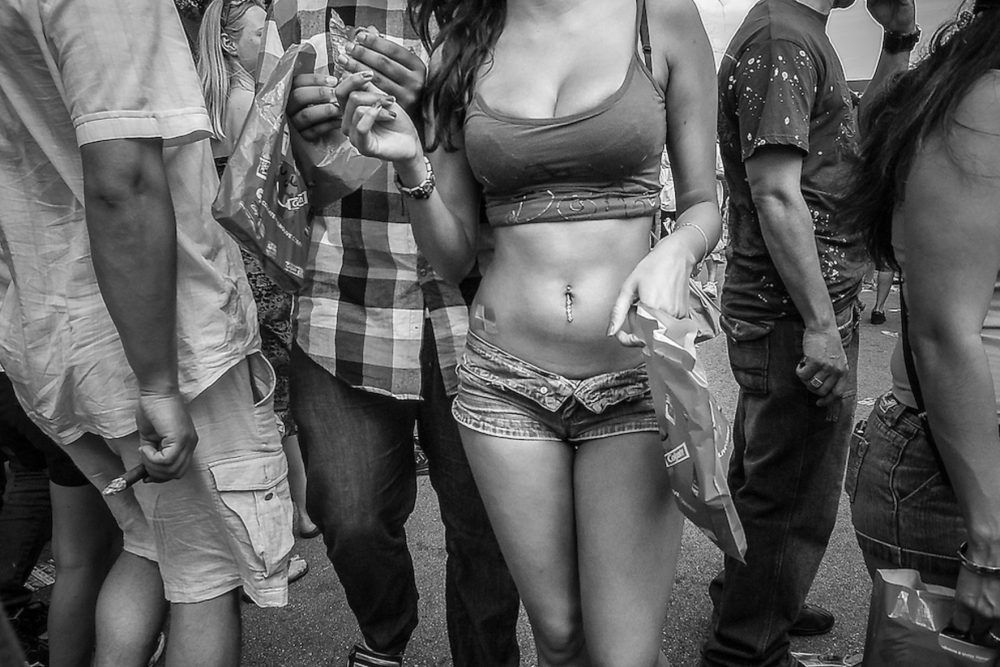
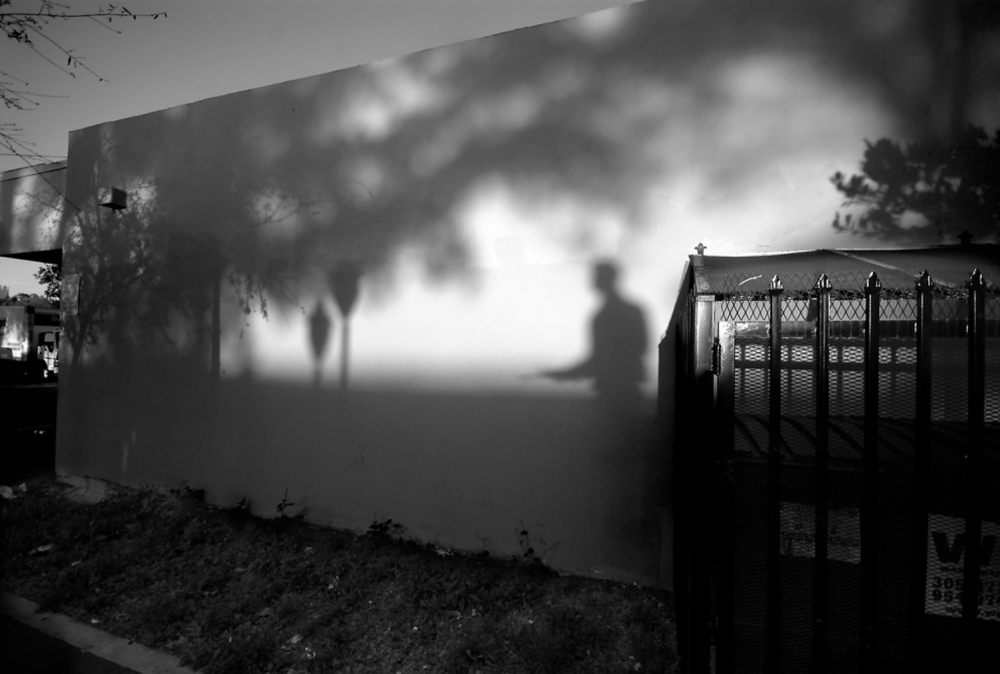
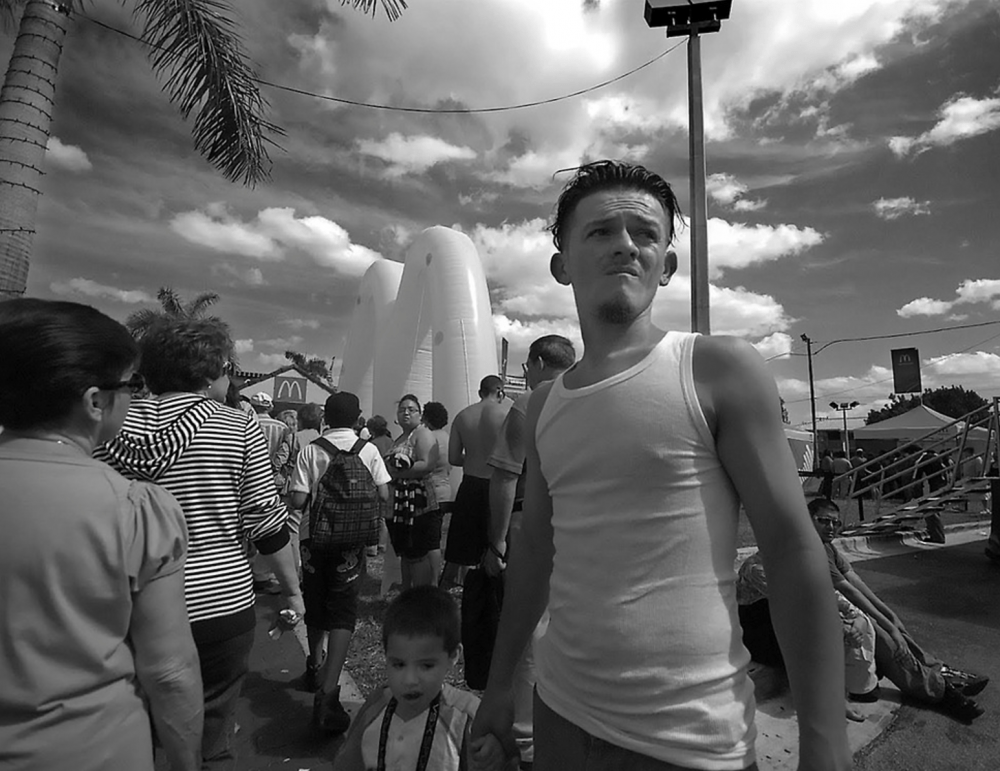
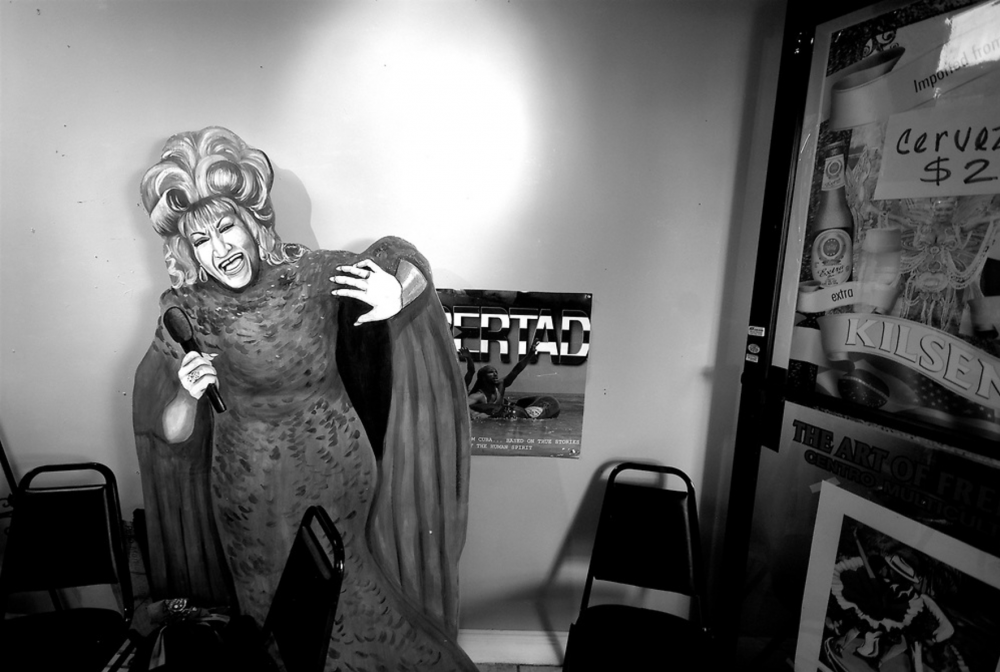
From ‘Calle Ocho‘— © Orestes Gonzalez
“I photograph because I see things that I need to record for myself. Its that simple. I feel that as I got older, I needed to record the things that are important to a baby boomer like myself.” Gonzalez’s inspirations come from photographers and cinematographers alike (especially Italian Cinema: De Sica, Fellini, Bertolucci); and from his experiences growing up as a Cuban American in a bi-cultural environment in 70’s Miami. “And of course, living in NYC since 1987 and seeing all the transformations in these past 30 years drives me to record what’s soon not to be.”
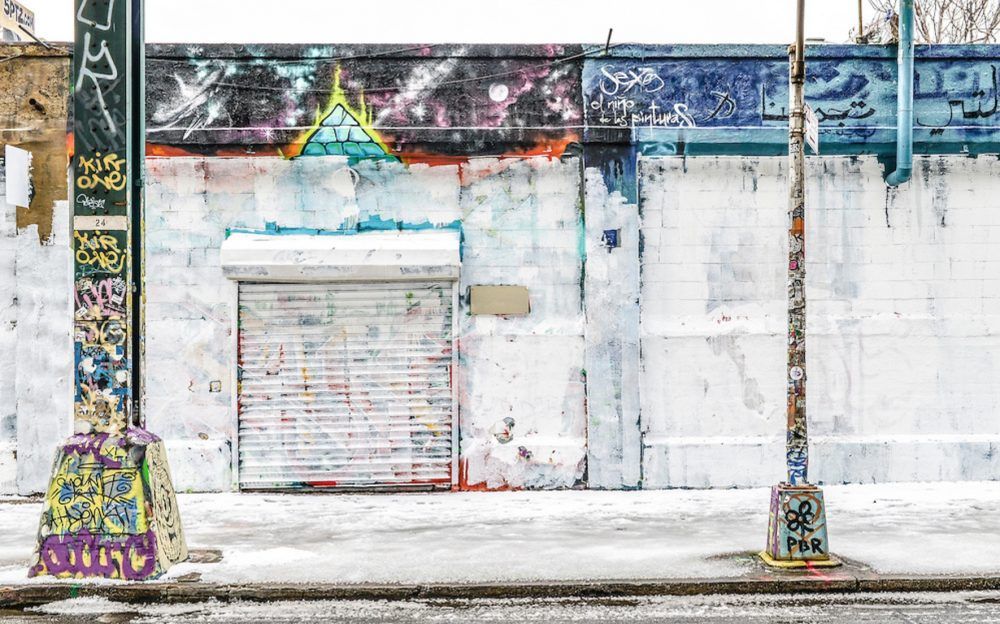
From ‘Whitewashed’ — © Orestes Gonzalez
Similarly, his project based on photographing the home of his uncle, Julio, demonstrates his strong desire to be connected to his subject matter, to understand it better through the act of engaging with it, documenting it, and presenting it in a way that perhaps he and the viewer would not have expected. The project has also been published as a book earlier this year by +KGP.
Gonzalez goes far beyond trying to show stereotypical gritty street images just for the sake of the effect, or shots of people in his community in Long Island, NY or his hometown of Miami, Florida. “I work with images that communicate a past, that tell a story and bring a sense of nostalgia or irony to the viewer. Emotion to me is more important than being factual. It opens up story-telling in much more imaginative ways.”
JULIOS HOUSE, 2011
My Uncle Julio Santana died last year at 82.
In the 50’s he was a magician and a waiter on the ship “Floridita”. It used to ferry Amercican tourists on weekend gambling junkets from Miami to Havana in the evenings.
In the 60’s, he waited tables at the Eden Roc Hotel, and earned enough money to bring his mother, brother and two sisters from Cuba.
He owned a house in a tough, working class neighborhood of Little Havana, but decorated it with his favorite things in the kitschy style of Louis XIV. He would entertain his many friends and lovers with lavish parties and dinners. He was president of the Libertad Lamarque Fan Club for many years, and the Argentine film star, in appreciation, would occassionally meet with him from time to time.
He led a rich and vivid life.
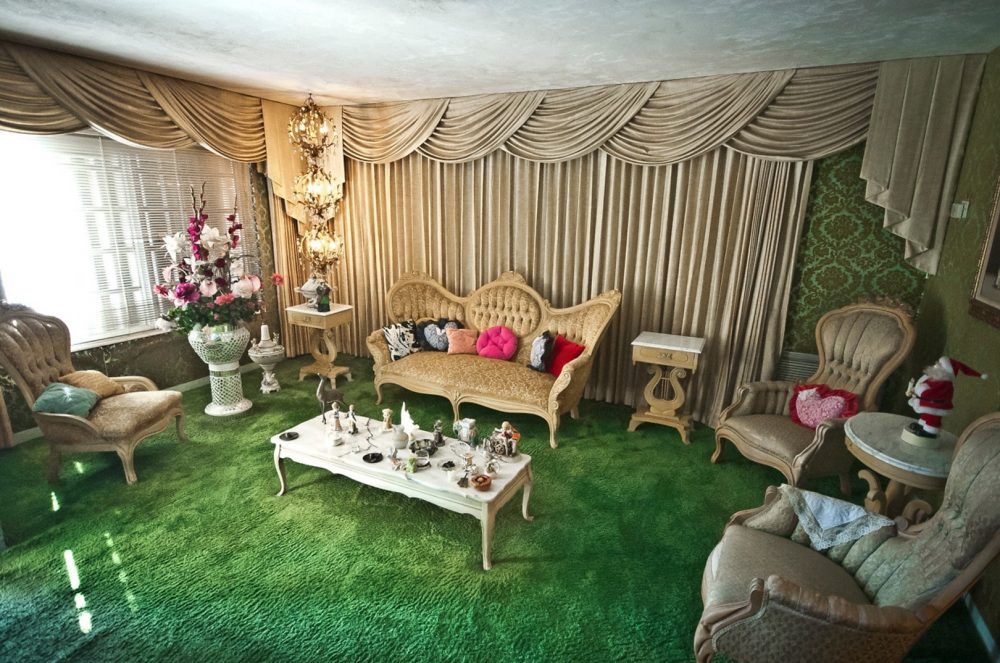
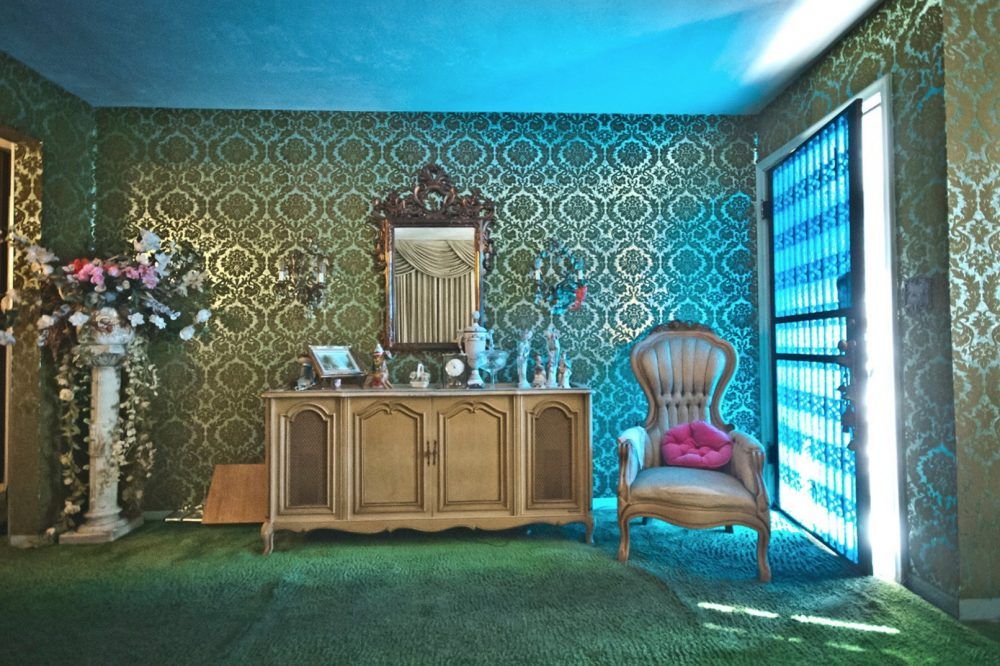
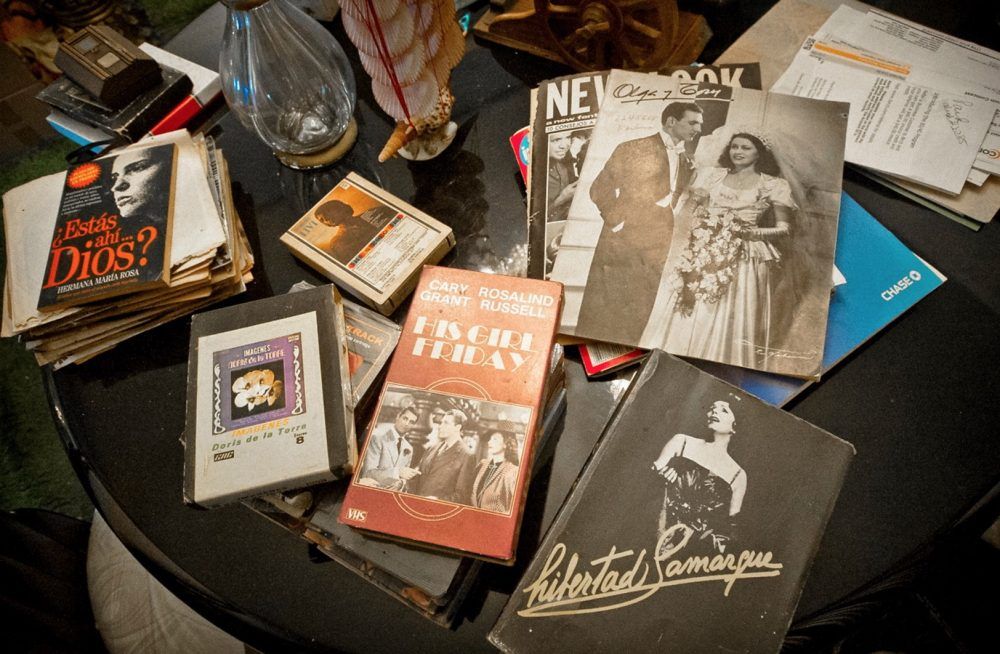
When I asked him what new work was in store, Gonzalez mentioned a long-term project he is still adding work to, Unsettled. He said it deals with leaving and/or entering…disposing one thing you love in order to enter worlds that are more secure. With a statement like that, I return to the belief that the discomforting feeling underlying much of Gonzalez’s work is his bedrock. Without a challenge to the things we believe in, one cannot realize their full meanings.
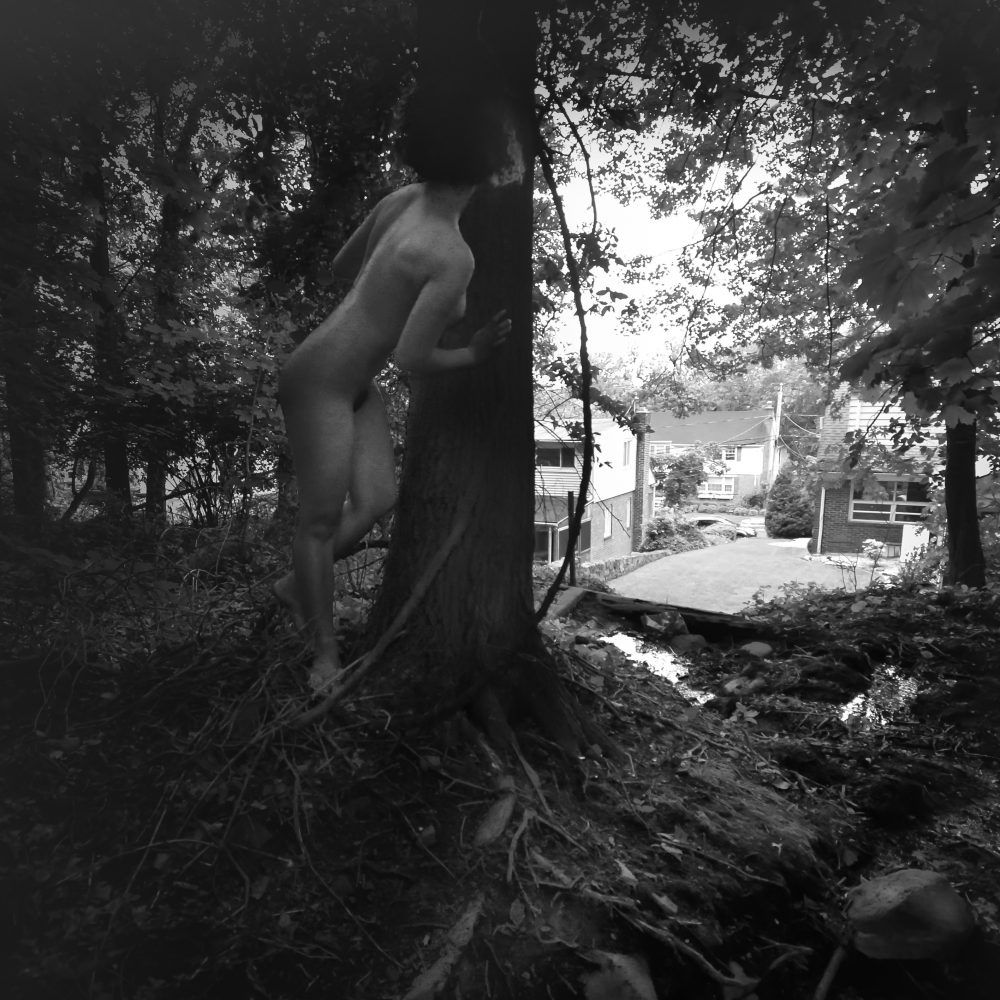
Cassandra, from ‘Unsettled’ — © Orestes Gonzalez
To see more work by Orestes Gonzalez, please visit his website at http://orestesgonzalez.com
To see more about the book Julio, please visit the publisher’s website at: http://www.krisgravesprojects.com/julio
Location: Online Type: Interview
2 responses to “Interview with photographer Orestes Gonzalez”
Leave a Reply
Events by Location
Post Categories
Tags
- Abstract
- Alternative process
- Architecture
- Artist Talk
- Biennial
- Black and White
- Book Fair
- Car culture
- Charity
- Childhood
- Children
- Cities
- Collaboration
- Community
- Cyanotype
- Documentary
- Environment
- Event
- Exhibition
- Faith
- Family
- Fashion
- Festival
- Film Review
- Food
- Friendship
- FStop20th
- Gender
- Gun Culture
- Hom
- home
- journal
- Landscapes
- Lecture
- Love
- Masculinity
- Mental Health
- Museums
- Music
- Nature
- Night
- nuclear
- Photomontage
- Plants
- Podcast
- Portraits
- Prairies
- Religion
- River
- Still Life
- Street Photography
- Tourism
- UFO
- Water
- Zine

[…] please visit his website at http://orestesgonzalez.com or read our interview in F-Stop Magazine here or on […]
[…] please visit his website at http://orestesgonzalez.com or read our interview in F-Stop Magazine here or on […]